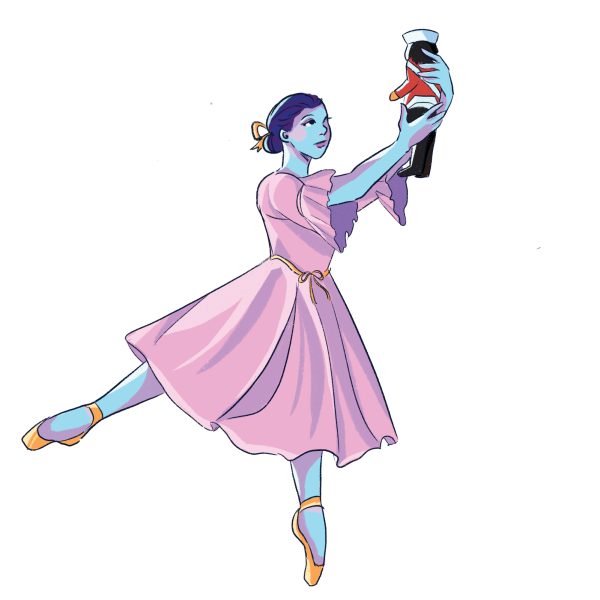Goodbye to ‘The Man’
December 11, 2018
The word “Excelsior” trended throughout social media on Nov. 12 as a tribute to Stan Lee. At the age of 95, the writer, editor and publisher of Marvel comics, such as Iron Man, Spider-Man, the X-Men and many other heroes, died.
Lee joined Timely Publications, the precursor to Marvel Comics, as an 18-year-old in 1939, changing his name from Stanley Lieber to “Stan Lee” as he was initially embarrassed to associate his name with superheroes. Within a few years he was editor, and later editor-in-chief, guiding Marvel into pop culture with iconic characters who faced down-to-earth problems. After retiring in the 1990s, he was named “chairman emeritus” of Marvel, a title he held for the rest of his life. Austinite and co-writer of Marvel’s “Rise of the Black Panther” Evan Narcisse said Stan “The Man” Lee quickly became one of the most recognizable names in comics.
“Comics have been around since the late 1930s, and hundreds of people made comics before Stan Lee started the rebirth of Marvel in 1961, but nobody knew their names on the scale that they knew Stan Lee’s name,” Narcisse said. “He was relentless about publicizing Marvel as a company and their characters and their comics and also himself.”
Austin Books and Comics Manager Brandon Zuern said Lee was more than a creator of comic book characters; he was a smiling emissary of comics as a whole.
“Stan Lee has been a hero of mine for as long as I can remember,” Zuern said. “If you read any Marvel comic from the ‘60s through even the ‘90s or 2000s you find out quickly who he is because he writes Stan’s Soapbox and Bullpen Bulletins in every issue.”
Lee regularly used Stan’s Soapbox as a way to comment on issues in the world, expressing his view that comics should send a message. On several occasions he took a stand on topics such as racism, sexism and bigotry. Another manager of Austin Books and Comics, Ty Denton, said the main difference between Lee’s comics and those of other writers is the fact that Lee’s characters had faults.
“He injected himself into each one of his characters; he made them more human, as opposed to these giant supermen that get to do whatever,” Denton said.
Narcisse feels he benefited from the positive messages embedded in the characters Lee created.
“Growing up learning about heroes and villains and heroism and what it means to sacrifice and help somebody else at a personal risk of yourself,” Narcisse said. “Those are all concepts I learned from the characters that Stan Lee helped to co-create.”
Aside from creating characters in the comic books, Lee also had many cameos in the Marvel Cinematic Universe movies.
“Even people who don’t read comics or know comics know who Stan Lee is from his appearances in the movies,” Zuern said. “He hasn’t really actively written Marvel comics in long years, so it doesn’t necessarily affect what’s coming out except for the fact that every creator now is in some way inspired by Stan.”
Lee also founded the Stan Lee Foundation in 2010 to support programs that support literacy, education, diversity, culture and the arts. Denton said Lee’s contributions to the world will cause his legacy to continue on long into the future.
“Stan Lee [lived] a full life of 95 years and all of his creations will outlive all of us,” Denton said. “People will know about Captain America in 100 years, but they won’t know anything about me or anybody else. So he’s basically now immortal because of what he created.”
Before he passed, Lee told fans to always remain part of his superhero family.
“We’ve been together for so many generations,” Lee said in a July video on Twitter. “I don’t want that to stop. I don’t consider you as fans. I consider you as close, close friends. I’d like to feel that you consider me the same way.”








